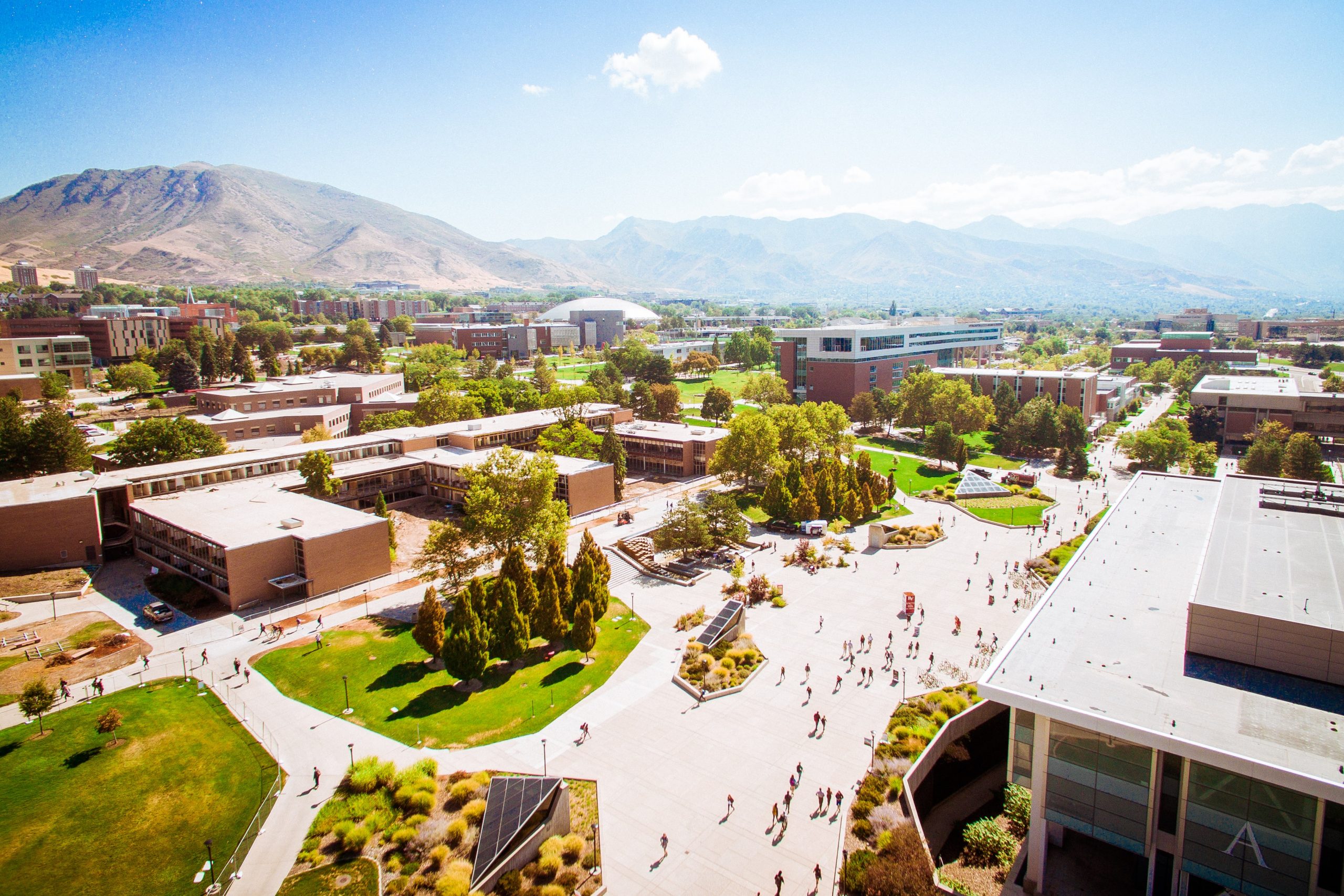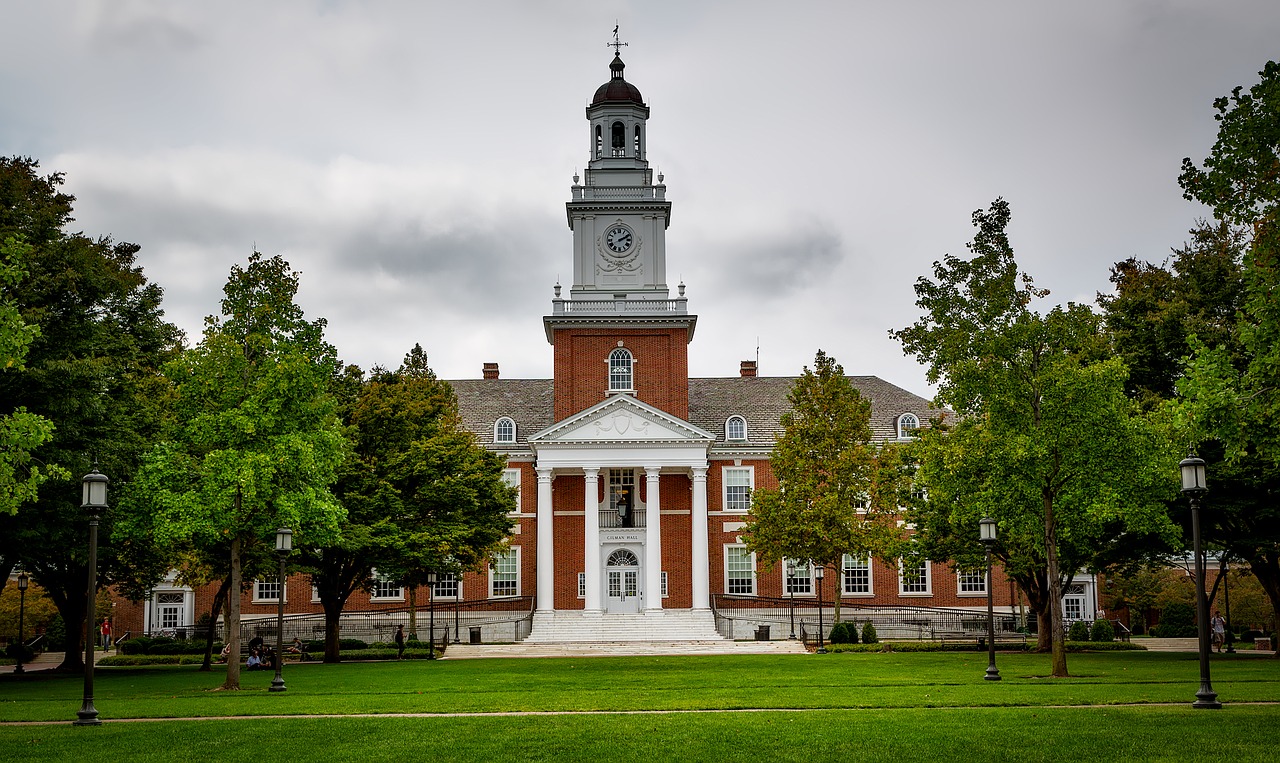
Feb 28, 2020
McKinsey & Co., an elite consulting firm, published a report last month focused on technology and efficiency in education. The report estimates that the 50 hours that a typical teacher currently works a week could be reduced by 20 to 40 percent through the use of existing technology. The report shows that technology can be used to help teachers in planning lessons, assessing students, grading homework, giving feedback, and performing administrative paperwork. This frees up their time and energy, allowing them to focus on other responsibilities and resist burnout.
As seasoned educators, we know that none of technology’s benefits can replace the human impact that is so necessary to transformative instruction. A great educator inspires students, builds positive environments, creates connections, and mentors students. Technology simply cannot accomplish this in the same way a human being can. Rather than replace, technology should enhance education. Technology’s ability to increase efficiency means educators can focus on creating an environment that inspires and supports.
We, at Streamline, focus all of our efforts on one-on-one tutoring and developing the technology to make the most of our sessions. As educators, we’ve been ahead of the curve in incorporating new technology into our curriculum. We’ve seen first hand the immense impact that technology has had on our practice.
Our students know we waste no time in session grading tests— we have SmartyBubble, our digital bubble sheet for that. We waste no time finding practice problems that target our students’ weaknesses— SmartyPrep, our gamified test prep app, has an algorithm to handle that. We waste no time rescheduling sessions when it snows or something last minute comes up— we do virtual sessions via Skype or Google Hangouts instead.
Our dedication to keeping up with changing times is perhaps best exemplified by our new pay-for-points packages. You can read more about this offering, here. These virtual, point-based packages provide the best of both worlds— effective technological innovation with inherent efficiency, and the human influence that makes one-on-one tutoring transformative.

Feb 26, 2020
If you are looking at colleges, you’ve probably noticed that many schools, especially larger universities, have honors colleges or honors programs. Honors colleges claim to offer the atmosphere and attention of a small liberal arts school and to create a tight-knit community within an otherwise large and overwhelming university. So what are the perks of attending an honors college within a large university? Is it worth it to go to an honors college at a large state school instead of a more prestigious, smaller private college?
We’ll start with the perks, and according to the websites of these schools, there are quite a few.
Many honors colleges offer smaller class sizes than those typical of large universities. Rather than a lecture hall of 200 people, the honors college may offer some classes with fewer than 20 students, allowing for more individualized attention and a small college feel.
Another perk is housing options. Some honors colleges require or offer specialized housing for honors students. Some students may feel that this makes for a more conducive environment for learning since they are surrounded by like-minded peers who similarly prioritize learning. Alternatively, special housing options for honors students can just mean better, newer dorms and dining facilities.
And perhaps the most important difference is cost. If you are choosing between an honors college at a large state school and a private liberal arts college, the difference in price will likely be quite different. Large state schools tend to be cheaper, and honors college admission can either come with or open doors to hefty scholarships.
Despite their marketing materials, it is important to note that some honors programs will not be all they’re cracked up to be. Honors colleges, regardless of perks and tangible benefits, are meant to attract qualified students who would otherwise attend higher ranked schools. Some will be marketing ploys, while others offer transformative opportunities.
Honors college candidates will likely have tons of solid options for college. If you find yourself choosing between an honors college and a higher ranked university, you should consider fit, cost, and your goals. Consider whether going to a higher ranked or more elite school is the best way to realize your dreams. You can read more about prestige and whether it matters, here.
Speaking to current students at a honors college is the best way to learn if the honors program offers a truly unique experience or if it’s just a meaningless distinction. Talk to these students about what schools they were deciding between, how they made their decision, and how they feel about that decision now.
Given all the advertised perks, you’ll really need to do your due diligence to figure out if an honors college offers tangible benefits (and, no, nicer dorms shouldn’t be the only deciding factor!).
We’ve compiled a list of the best honors colleges in the United States and the advantages that come with attending them. For your benefit, the list includes the average test scores and GPAs of students attending so you’ll know where you need to be to get accepted.
Arizona State—Barrett
The honors college offers a great deal of perks. For example, Barrett students are supported by a great deal of scholarships, grants, and awards and Barrett offers special funding to students whether it be for a special project throughout the year or academically enriching program during the summer. Furthermore, with 1800 honors faculty across the university, Barrett is distinguished by its 4:1 student to faculty ratio.
Since the average scores of students in the honors college at Arizona State is a 29 on the ACT or a 1360 on the SAT, you should aim to score this or higher in order to be a competitive applicant. Furthermore, with an average unweighted GPA of 3.82, getting mostly A’s throughout high school will improve your chances of getting into the honors college.
The City University of New York (CUNY)—Macaulay
Students in this honors college receive full-tuition scholarships for New York State residents, have the ability to apply for grants to pursue global learning and other experiential learning, and have access to intensive mentoring and advisement.
In order to be a competitive applicant, it’s important that you score around a 33 on the ACT or a 1460 on the SAT. Furthermore, with an average GPA of 94 out of 100, you should be putting a lot of effort into your grades throughout high school.
Penn State-Schreyer
This honors college offers a great deal of perks such as small class sizes in honors courses, fellowships, specially trained honors advisers, priority registration for scheduling classes, honors housing, and a $5,000 Academic Excellence Scholarship.
In order to be a competitive applicant for Schreyer you should have anywhere from a 30 to a 33 on the ACT or a 1340 to a 1490 on the SAT and a 4.0 to 4.33 weighted GPA.
Temple University Honors College
Being a student at Temple University Honors College means that you’ll have priority registration, the option of four-year on campus housing, access to Honors Student Organizations, engaging service experiences, and more.
Ideally, a competitive applicant should have a 33 on the ACT or a 1460 on the SAT. Furthermore, they should have around a 3.95 unweighted GPA.
University of Connecticut Honors College
The Honors Program at the University of Connecticut supports a tight-knit community of learners who benefit from faculty mentors, honors courses, priority class registration, Honors housing, and opportunities to lead and engage through Honors organizations, research, and internships.
Competitive applicants have at least a 32 on the ACT or a 1460 on the SAT and rank near the top of their class.
At these schools, the honors colleges provide students with some real benefits that the larger university doesn’t offer. If you are interested in attending any of these schools, get your test scores up so have you a chance of matriculating into the honors program!

Feb 24, 2020
Although applying to college may be stressful, a lot of fun things come with it, including visiting college campuses. You can surf the web as much as you want, but the only way to truly get a feel for a school is a campus visit. Visiting a school can be a great way to learn if it’s a good fit or not. The following are great ways to get the most out of a campus visit.
1.Visit during the school year
Visiting when classes are in session is the best way to get a sense of what student life is like on campus. It also gives you the opportunity to ask students questions about the school.
2. Take the campus tour
Official campus tours give the college the opportunity to show you the coolest features of the school. The tour will also give you a sense of campus traditions and history.
3. Explore the campus on your own
The campus tour will probably not include the college’s less than ideal features so it’s important to explore on your own to get an accurate feel for the campus. This involves talking to current students!
4. Stay overnight.
Many schools offer overnight programs where a college student can host a prospective student. Staying overnight is a great way to see the dorms and learn the in and outs of housing on campus.
5. Visit a class or two
If you can, try to sit in on a class or two to get a feel for academics at the college. After all, you are going to college to learn, and sitting in on a class (especially one related to your interests) can help you figure out if you can really envision yourself going there.
6. Eat at the cafeteria
When it comes to food, it’s always a good idea to try it out for yourself rather than just taking your tour guide’s word for it.
7. Keep a record of your visit
After a couple of campus visits, it can be difficult to keep everything straight in your head. By taking notes during the visit and writing done what you liked and didn’t like, you can easily compare colleges and figure out the place you like the most.
All in all, visiting a college is the best way to understand the community and campus. If you follow the tips above you’ll be able to make the most out of your visit and hopefully, figure out if you can see yourself going there.

Feb 14, 2020
What are legacy admissions?
Legacy admissions refer to preferential treatment given by a university to certain applicants because of their familial ties to an alumni of that institution.
At some selective colleges, including Harvard University, University of Pennsylvania and Notre Dame, more than a quarter of each class is made up of legacy students. Legacy students at selective institutions, like those referenced above, tend to be wealthy and white. In recent years, legacy admissions have come under fire. Selective institutions tout their admissions practices as merit-oriented, yet they are engaging in a seemingly antithetical practice.
As college admissions have gotten more competitive, there has been increased efforts to democratize higher education and attract racially, ethnically, and economically diverse candidates to elite universities.
Legacy admissions at Johns Hopkins
Last week, Johns Hopkins University announced that they have officially done away with legacy admissions in an effort to make the university more accessible to high achieving minorities and low-income and middle-income students. President of Johns Hopkins Ronald J. Daniels says that when he started this job 10 years ago, he discovered that one in eight admitted students at Johns Hopkins had benefited from preferential treatment due to familial ties. In the past 10 years, President Daniels has worked to gradually reduce the amount of legacy students on campus.
Though Johns Hopkins just announced the end of legacy admissions last week, they officially did away with the practice in 2014. Since then, the university has welcomed unprecedented numbers of first-generation students and students from limited-income backgrounds to campus.
Ultimately, getting rid of legacy admissions removes a barrier for many disadvantaged students by highlighting merit in the admissions process.

Feb 13, 2020
Recent changes made at the National Association for College Admissions Counseling (NACAC) conference could have some serious implications for those applying to college, especially those who plan to apply early decision.
In the past, applicants who applied early decision understood that this decision was binding, meaning that students would rescind all other applications upon acceptance and commit to attending that school barring only the most serious financial considerations. Further, early decision agreements prevented other universities from competing for applicants by offering better financial aid packages. However, NACAC has recently made some interesting changes to these rules.
At the annual NACAC’s conference, three long standing clauses have been overturned.
- Colleges can now offer incentives to students who apply early decision
- Colleges can now recruit students even after they’ve made their tuition deposit at other institutions
- Colleges can now contact previous applicants or prospective students about transferring. In the past, colleges could only talk to students about transferring if the student inquired first.
NACAC has made the controversial decision to allow recruitment after commitment in an effort to make college admissions more accessible to low income candidates. Currently, the early decision option is used predominantly by higher income applicants due to the fact that a student must commit to the school prior to knowing about their financial aid package. Low income applicants generally forgo ED because they want to view all of their financial aid offers before making a decision.
What do these changes mean for you?
The college admissions “season” might last a little longer. Schools can continue to make offers to students who have already sent in their May 1st deposits to other schools. It’s a buyers market out there— and now students can field financial offers deep into the summer. On a related note, tuition deposits might increase to discourage students from continuing to shop around or get “poached” by other schools. You might be less willing to field an offer from another school if it means losing your $8,000 deposit.
The benefits of applying early decision might falter, or early decision might be axed altogether.
As schools start offering incentives such as automatic scholarship packages or preferred housing and class registration to early decision candidates, more students may become interested in the prospect of early decision. Currently, at most top schools there is a tangible benefit to applying early decision in that early decision acceptance rates tend to be much higher. If schools start promising sizable scholarships to those admitted early, the early decision track might actually become more competitive. If, for example, Northwestern started offering ED candidates $30,000/year in scholarship, top students who would otherwise cast a wide net, might decide that that kind of money from a great school is enough for them to commit early.
Some fear that while NACAC made this decision to benefit low income applicants, it may in fact harm them. Predatory schools may go after low income applicants after deposit deadlines with better scholarship offers, albeit lower graduation rates and quality of education. Further, offering benefits to those who apply early, such as guaranteed scholarships, may actually benefit those who don’t need the financial assistance, potentially taking money away from those who apply later in the admissions cycle who do. Additionally, increased tuition deposits to keep students from being poached could further harm low income applicants.
What do these changes mean for colleges?
The prospect of “poaching” candidates by offering better aid and scholarships could certainly hurt smaller schools and schools with fewer financial resources. After all, smaller schools who lack sizable endowments rely on tuition to keep their programs and facilities running.
Currently, early decision programs benefit universities because of increased yield (the number of accepted students who choose to attend that school). Schools want a high yield because US News and World Report takes yield into account in its ranking system. When many of the students accepted by a school choose to go there, that school looks more appealing. Students who are contractually obligated to go to a school because of early decision, therefore, help a school maintain a high yield rate. If the yield benefits of early decision falter due to competition from other schools trying to poach ED candidates with more money, schools might choose to axe ED altogether. If the binding commitment isn’t really all that binding, they might choose to offer Early Action (non-binding early review) instead.
While these changes won’t affect the current admissions cycle (2019-2020), we might see some meaningful changes next year. We’ll keep you updated!




